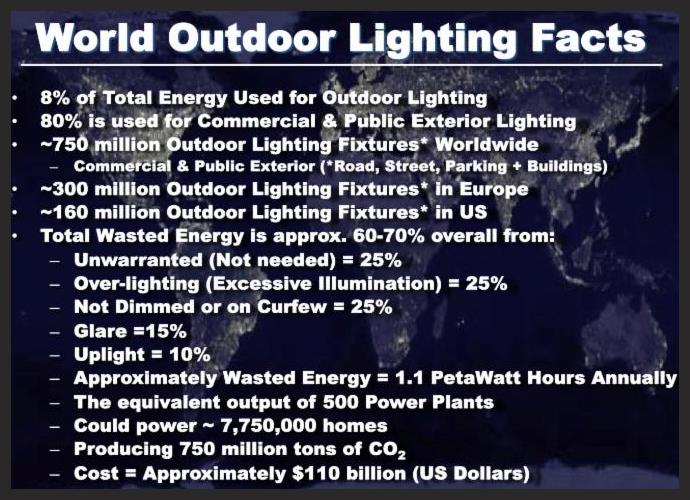
Comet ISON Perihelion, Some Light Pollution Facts
Posted: 28 November 2013
Clouds and wind prevented observing on Tuesday and Wednesday, 26-27 November 2013. Thursday, 28 November, dawned clear and still breezy. The clear sky allowed me to make some attempts to view Comet C/2012 S1 (ISON) on perihelion day. Perihelion (closest approach to the sun) was at about 1200 MST. I made my first attempt to see Comet ISON due south of the sun at 1010 MST. No joy with the naked eye. Tried again at 1120 MST; no joy. Initial post-perihelion reports said that Comet ISON had disintegrated (just like the Green Bay Packers in their Thanksgiving Day game). My last image of Comet C/2012 S1 (ISON) was made on Monday morning, 11 November 2011:

After being clear most of Thanksgiving Day, clouds came in late afternoon. Didn't open the observatory.
Here are some interesting facts from the International Dark-Sky Association (IDA). It is no wonder that Light Pollution and its harm to human health and the global environment are so serious.

Data courtesy of the International Dark-Sky Association
For more information, see this IDA web page.
Comments are welcome using Email. Thanks.
Cassiopeia Observatory Home Page